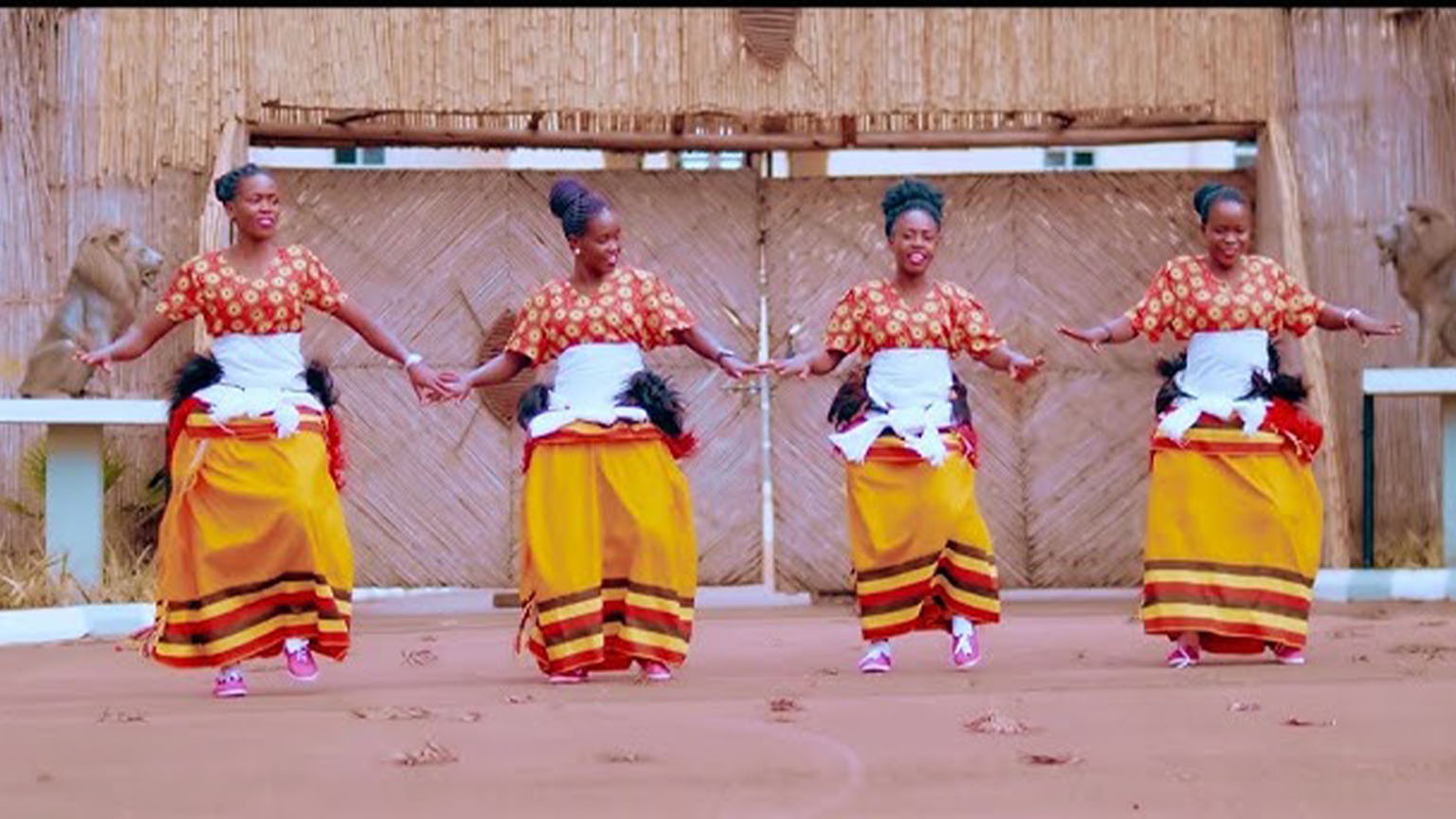Bantu-speakers entered southern Uganda probably by the end of the first millennium A.D. and developed centralized kingdoms by the fifteenth or the sixteenth century. At independence, Bantu-language speakers made up approximately two thirds of the population. Their languages are classified as Eastern Lacustrine and Western Lacustrine Bantu in reference to the populous region surrounding East Africa’s Great Lakes (Victoria, Kyoga, Edward, and Albert in Uganda; Kivu and Tanganyika to the south). Eastern Lacustrine peoples include the Baganda (whose language is Luganda), the Basoga, the Bagisu, and many smaller societies in Uganda, Tanzania, and Kenya.
- The Buganda make up the largest ethnic group in Uganda, though they represent only 16.7% of the population. (The name Uganda, the Swahili term for Buganda, was adopted by British officials in 1884 when they established the Uganda Protectorate, centered in Buganda). Buganda’s boundaries are marked by Lake Victoria on the south, the Victoria Nile River on the east, and Lake Kyoga on the north. This region was never conquered in the colonial era; rather, the powerful king (or kabaka), Mutesa, agreed to a British policy of giving Buganda protectorate status.
Other Bantu Speaking People
The Basoga make up about 8% of the population. Before the arrival of the Europeans, they were subsistence farmers who also kept cattle, sheep, and goats. They commonly maintained gardens for domestic use close to the homestead. The Bagisu constitute 5% of the population. They occupy the well-watered western slopes of Mount Elgon, where they grow millet, bananas, and corn for subsistence, and coffee and cotton as cash crops. This area has the highest population density in the nation, as dense as 250 per sq km. As a result, nearly all land is cultivated and land pressure has led to population migration and social conflicts.

The Western Lacustrine Bantu includes the Bunyoro, Batoro, and Banyankole of western Uganda. Their complex kingdoms are believed to be the product of acculturation between two different ethnic groups, the Hima and the Iru. In each of these three societies, two distinct are identified, the Hima and the Iru
The Hima are said to be the descendants of pastoralists who migrated into the region from the northeast. The Iru are are said to be descendants of agricultural populations that preceded the Hima as cultivators in the region. Bunyoro lies in the plateau of western Uganda, constituting about 3% of the population. The Batoro evolved out of a breakaway segment of Bunyoro that split off at an unspecified time before the nineteenth century
The Batoro and Bunyoro speak closely related languages, Lutoro and Lunyoro, and share many other cultural traits. The Batoro live on Uganda’s western border, south of Lake Albert and constitute about 3.2% of the population. In pre-colonial times, they lived in a highly centralized kingdom like Buganda, which was stratified like the society of Bunyoro.
